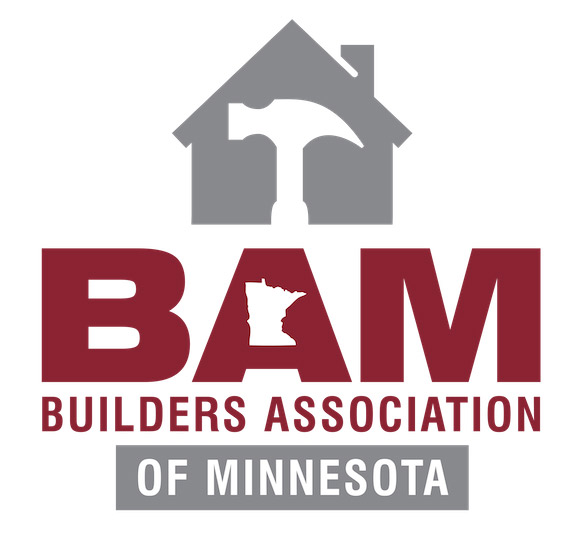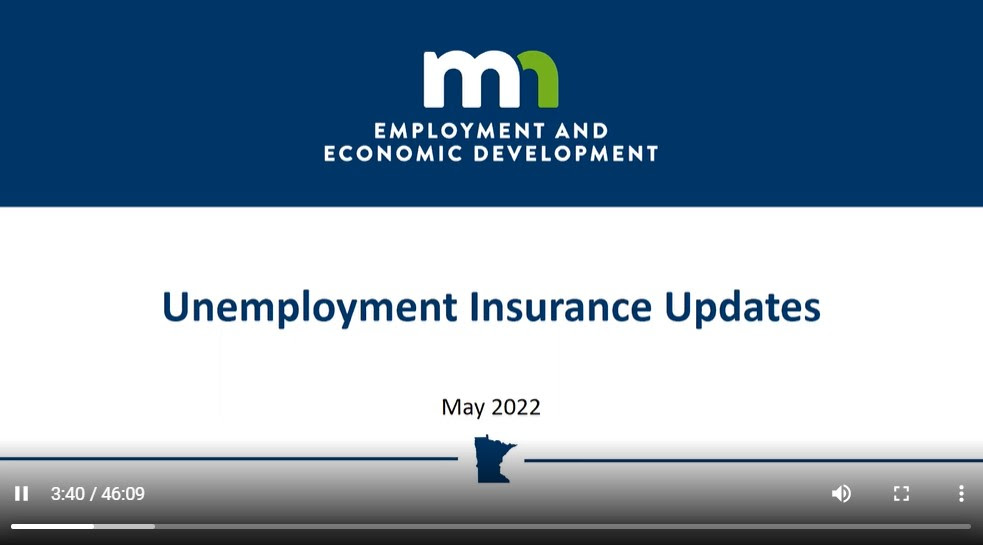How Republican Candidates in the 1st Congressional District’s Special Election are Pitching Themselves to GOP Activists
At the Olmsted County GOP convention, candidates were allowed to give the political equivalent of a “Shark Tank” pitch to the party faithful.
Early voting for the May 24 primary for the special election to replace U.S. Rep. Jim Hagedorn in Minnesota’s 1st Congressional District starts next Friday, and candidates have begun crisscrossing the region to court voters in the furious sprint of a campaign that began for some as recently as mid-March.
One place to reach those voters is at small party conventions around the district, where activists are electing delegates to larger congressional district and statewide conventions. On Saturday, most of the 10 Republican candidates for the 1st District showed up to the Byron Middle School auditorium in the town just west of Rochester for the Olmsted County GOP’s convention. Olmsted is the most populous county in the 1st District.
Each speaker was allowed to give a roughly two minute speech, the political equivalent of a “Shark Tank” pitch that forced new candidates to distill their message while introducing themselves to the party faithful.
The event also serves as a preview of what candidates view as issues important in the Republican primary — and an early snapshot of the race as a whole.
Gas prices and critical race theory
When it comes to policy, three issues were mentioned the most by candidates: high gas prices, school curriculum about race and concerns with the fairness of elections.
Matt Benda, an agricultural law attorney who once chaired the Albert Lea-Freeborn County Chamber of Commerce, told the crowd Congress could “quickly fix energy independence” and said he would promote energy options in the 1st District “whether it’s renewable fuels across the board, solar, wind, nuclear.”
He said parents should have input and knowledge about what’s being taught in schools and should not face restrictions at school board meetings, a reference to local debates over critical race theory, a theory of systemic racism that isn’t part of Minnesota’s statewide curriculum standards but that has ignited conservative opposition.
Benda also said he would fight “dark money” from Facebook founder Mark Zuckerberg, a reference to the Center for Tech and Civic Life, a nonprofit that made grants in 2020 to help officials to staff and run elections that received funding from Zuckerberg and his wife. There is no evidence the cash has been used to improperly influence results.
Jennifer Carnahan of Blue Earth, who chaired the Minnesota Republican Party from 2017 until 2021, said President Joe Biden “cares more about climate change and destroying our energy independence” than other issues like “porous borders,” election integrity and critical race theory.
Marine Corps. veteran and welder Kevin Kocina of Miesville said oil prices are crippling the economy and called for the U.S. to use more in reserves or lean on biodiesel and ethanol to “make farmers rich, not Saudi princes.” On education, he said: “We can’t be teaching our kids about sex education and race and abortion in school, that’s absolutely insane.”
Abortion was also mentioned by a couple candidates. Kocina said he’s “extremely pro life” and former state Rep. Brad Finstad of New Ulm noted he authored bill in 2005 to grant state money to centers that steer women away from abortions and started such a pregnancy center. Some, including Finstad, Munson and Benda also mentioned their background in agriculture or agriculture policy.
Perhaps the most specific policy pledge came from state Rep. Jeremy Munson of Lake Crystal, who co-founded a breakaway conservative caucus at the Legislature to split from House Republicans. Munson said that if he was elected to Congress, he would not vote to raise the debt ceiling.
Experience, accomplishments, insiders and outsiders
Some candidates touted their experience and a track record of political accomplishments while some touted their lack of either.
Munson highlighted his record in office serving on agriculture and health care committees, as well as opposing “omnibus” bills that roll a package of different policy and spending plans into one large bill. He also talked about his support of price transparency in health care and helping to pass a bill that bans state legislators from working for lobbying firms while in office. “I have a proven record as one of the most conservative legislators in the state House,” Munson said
State Rep. Nels Pierson, a Rochester Republican first elected in 2014, said he has “worked in the trenches” for decades on behalf of GOP candidates, including as campaign manager for former Republican U.S. Rep. Gil Gutknecht, who was defeated by Tim Walz in the 2006 1st Congressional District race.
Carnahan highlighted her work to clear party debt and noted she led the state GOP when the party flipped three U.S. House seats. And Finstad touted his three years working for the U.S. Department of Agriculture under President Donald Trump, focusing on rural development, as well as his record at the Legislature and his service on a school board, hospital board and church board. “That has been my life story, living out our conservative principles in the real world and creating actions and results,” Finstad said.
Meanwhile, Benda said he isn’t a politician but that his experience as an attorney makes him the best candidate. Kocina said he’s the only veteran in the race and is “sick and tired of politicians and lawyers getting into office and not representing the people of Minnesota.”
Focus not on Trump — or Biden
Former president Donald Trump wasn’t front and center in most candidate speeches or in political paraphernalia at the convention Saturday, and neither was current president Joe Biden.
But their names were invoked. Finstad, who worked at the USDA under Trump, said “it was an honor to work with just an amazing president.”
Carnahan referenced Trump’s “America First” slogan by saying she would “always fight to put America first.” Carnahan was also the only candidate to mention Biden explicitly, saying the Democrat has “led from behind,” emboldening adversaries and letting down allies.
One notable moment came when Bob “Again” Carney Jr. — a frequent candidate who is currently running for governor and the 1st District special election after running for mayor of Minneapolis last year — criticized Trump. Carney called for Republicans to move on from the former president and support an alternative in the 2024 election.
Carney then called for “a criminal original jurisdiction trial in the Supreme Court of Donald Trump for insurrection,” a reference to the Jan. 6 storming of the Capitol by Trump supporters that led to the president’s second impeachment in the U.S. House. Carney tried to keep talking, but was drowned out by a loud chorus of boos, and left the stage.
(MinnPost)

